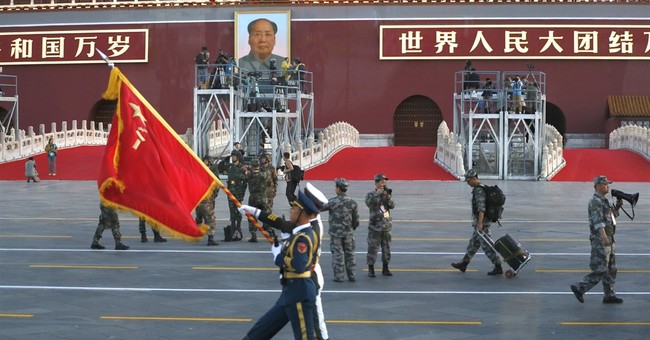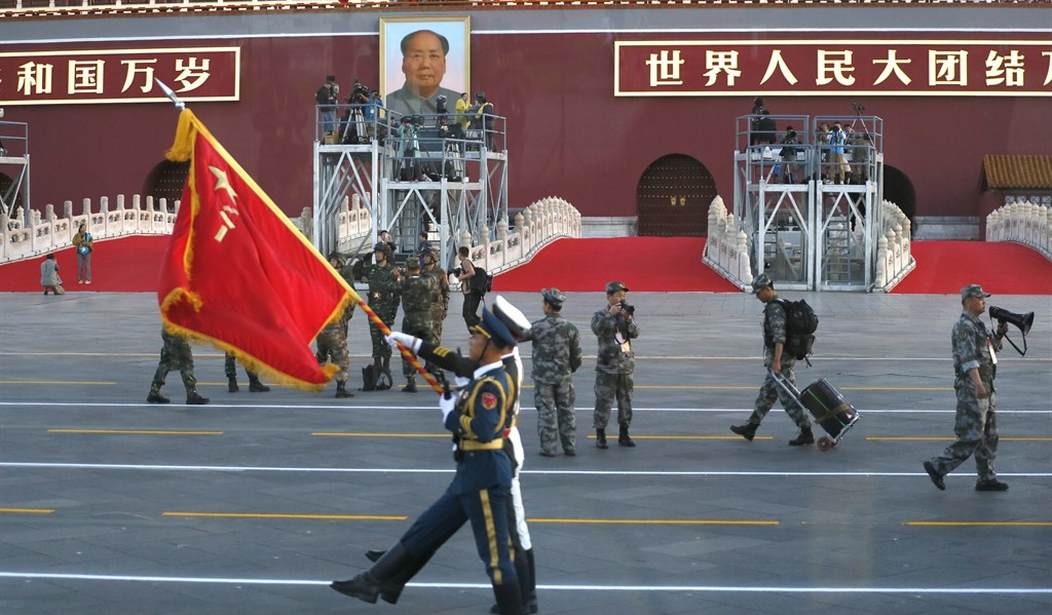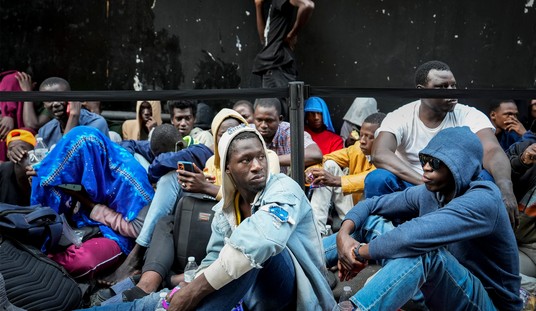
The head of United States Pacific Command, Adm. Phil Davidson, wants to extend and link the Aegis Ashore missile defense system in Hawaii to a similar system to be deployed in Guam. The Aegis Ashore system is a land-based variant to the Aegis missile defense system first used by the Navy as a defensive measure against missile attacks on US naval vessels. The Aegis Ashore system is designed to respond to ballistic missile threats.
Adm. Davidson’s comments come in response to what Adm. Davidson calls an “emboldened” China, which under the cover of world-wide preoccupation with the COVID-19 pandemic has been more assertive in its military behavior, and malign “diplomatic and information behavior.”
On July 13, Secretary of State Mike Pompeo warned that the United States would begin taking more aggressive steps to counter Chinese efforts in the South China Sea by declaring illegal many of China’s claims to the assets and resources in the region, as well as efforts by the Chinese to control the flow of commerce through the South China Sea.
On July 23 Pompeo stated “China is increasingly authoritarian at home and more aggressive in its hostility to freedom anywhere else.”
Last week a Chinese government spokesman countered by stating:
One cannot help but wonder: Are some U.S. politicians trying to stir up troubles in the South China Sea? We must tell Pompeo that the South China Sea is not Hawaii; the regional countries and all the peace-loving people won’t stand by if several U.S. politicians attempt to muddy the waters.
The reference to distinguishing between Hawaii and the South China Sea is much more meaningful than it appears on the surface.
A doctrine of shared influence that the Chinese have pushed for a while, but more strongly lately, holds that but for the fact that Hawaii is a “State” of the United States, the US influence over vast areas of the Pacific Ocean would not be recognized around the world. China acknowledges the US sphere of influence because of Hawaii’s status, but based on a parity of reasoning China wants the US and the rest of the world to recognize as legitimate a similar Chinese sphere of influence in the Western Pacific Ocean.
In effect, China seeks to divide the Pacific ocean in half, with the US sphere of influence reaching from the US mainland on the West Coast out past Hawaii, with a similar Chinese sphere of influence reaching from China’s East Coast out to Hawaii.
Under this partition, China would dominate all sea and ocean lanes from the South China Sea to Australia, and the East China Sea to Hawaii. Within that sphere would be the Philippines, Japan, South Korea, and all of Indonesia and Southeast Asia to the Indian Ocean.
Guam lies squarely in the middle of the Eastern Pacific half that China seeks to control. It hosts major US Naval and Air Force assets. Adm. Davidson’s suggestion that an Aegis Ashore system be installed in Guam would place another ballistic missile defense system much close to the Chinese mainland. It would also add to an array of similar systems stretching between Japan, Alaska, Guam, Northern Mariana Islands, and Hawaii.
Defense Secretary Mark Esper has said U.S. policy in the South China Sea — the biggest potential flashpoint for conflict with China — is consistent with international law, favors the sovereign rights of Southeast Asian partners and rejects Beijing’s “excessive and unlawful maritime claims.” In 2019 the US Navy and partners in the region conducted the greatest number of freedom of navigation operations — FONOPs — in the South China Sea in the 40-year history of the program. On two occasions in July, two aircraft carrier strike groups exercised together in the South China Sea for the first time since 2012.
As cooperative economic development with China is replaced by an adversarial relationship, and as China continues its quasi-colonial policies under the guise of its “Belt & Road” Initiative, creating future Chinese military facilities and staging areas in strategic third world locations, direct confrontation with the Chinese Communist Party’s desire for world hegemony is more likely to be in the form of a military clash and a diplomatic one.
The Trump Administration is the first Presidential Administration since Ronald Reagan to recognize and move to counter communist expansion into the Western Pacific Ocean.














Join the conversation as a VIP Member